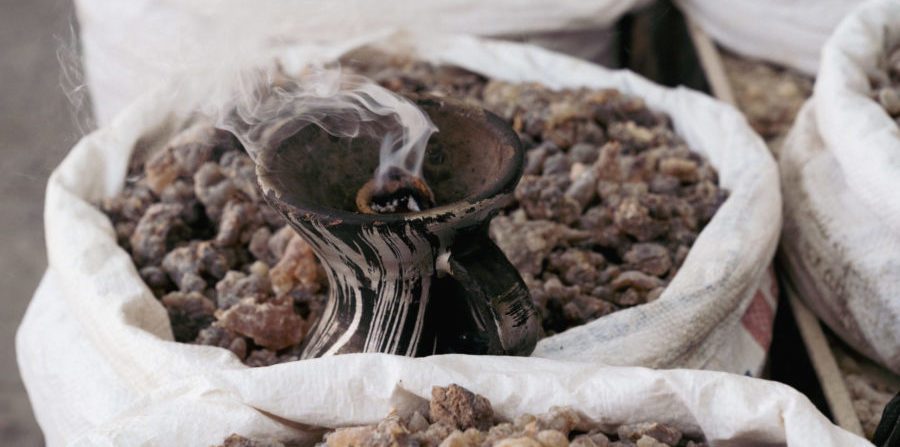Ayn Dawkah: the cornerstone of Omani frankincense
At the heart of Wadi Dawkah, the UNESCO-listed site and birthplace of Omani frankincense, Amouage has just laid the cornerstone of an ambitious project for a cultural center dedicated to the desert’s white gold.
















